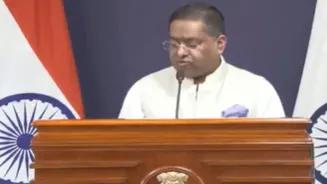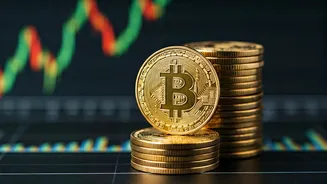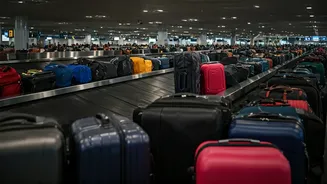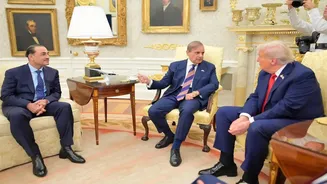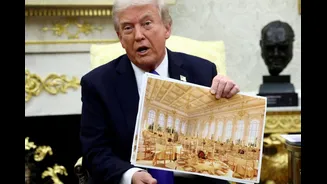Visa Fee's Impact
The implementation of the $100,000 H-1B visa fee under Donald Trump's administration had a profound effect on Indian students in the United States. This
substantial fee, a financial barrier to entry, led to immediate rejection for many applicants. The repercussions were widespread, creating uncertainty and disillusionment among those seeking employment opportunities. This policy was perceived by many as an obstruction to their career goals and a potential deterrent to their long-term plans in the US. This ultimately created financial hardship, and limited their prospects.
Automatic Rejection System
The high cost of the H-1B visa fee directly translated into automatic rejections for a large number of Indian students. The system offered no discretion; any application accompanying the fee was summarily dismissed. This approach eliminated the opportunity for individual evaluations based on qualifications, experience, or potential contributions. This stringent process was especially difficult for students at the end of their academic journeys, who were keen to utilize their skills and knowledge in the US job market. The automated nature of the rejections left many feeling frustrated.
Impact on Career Paths
The rejection of H-1B visa applications severely hampered the career progression of Indian students. With their work authorization denied, individuals found themselves in a difficult position to secure job offers. Many had invested time, money, and effort to obtain their education and build professional networks in the US. The policy effectively blocked them from participating in their chosen fields. This directly affected their chances of gaining practical experience. The loss of opportunities was a serious setback, and it also had a ripple effect, reducing their chances of making contributions to the US economy and society.
Broader Immigration Context
The H-1B visa fee increase must be considered within the larger context of US immigration policies during that period. The move was reflective of a trend towards stricter immigration controls, and a heightened focus on protecting domestic jobs. This stance created an unwelcoming atmosphere for international students and skilled workers, particularly those from India. These policies were interpreted by some as potentially discriminatory, as they disproportionately impacted a specific demographic group. These broader actions sent a strong message, and altered the perception of the US as an attractive destination for global talent.
Student Perspectives and Reactions
Indian students were greatly impacted by the $100,000 H-1B visa fee and the resulting automatic rejection of their applications. Reactions ranged from shock and disappointment to feelings of being treated unfairly. Many had invested significant sums in their education, hoping to establish careers in the US, but the policy dashed their aspirations. The fee was seen as a barrier that made it impossible for them to compete fairly for jobs. Some students even felt the policy was a slap in the face. This collective sentiment of frustration highlighted the human impact of the policy.
Long-Term Implications Examined
The long-term effects of this policy extended beyond immediate career setbacks. The exclusion of skilled workers and graduates had the potential to hinder innovation. A shortage of skilled workers in various industries could hinder economic growth. It also put the US at a disadvantage in the global competition for talent. Additionally, the policy might discourage future international students from applying to US universities, impacting the country’s reputation as a welcoming place. The long-term implications of these actions could significantly alter the relationship between India and the United States.


